As I said when I first started telling you about me and Mum’s visit to Paris in October 2000, we crammed so much into the weekend – and it is rather a long time ago now – that I can’t remember the exact order we saw things in, though I do remember the things we saw and did.

One of them was a magical evening coach tour around the city when many of the public buildings and other famous sights were beautifully illuminated, mostly in a silvery-white light. These included the Arc de Triomphe…

…the Sacre-Coeur…

…Notre-Dame…

…and Les Invalides…

Now I didn’t know much about this elegant building – apart from the fact that it contained the tomb of Napoleon I, emperor of France from 1804 to 1815.

I also knew that, after his defeat at the battle of Waterloo in June 1815, he’d been exiled to St Helena, a volcanic island in the South Atlantic Ocean, 2500 miles/4000 km to the east of Rio de Janeiro in Brazil and 1250 miles/2000 kms to the west of the coast of south-west Africa…


He died there in 1821 at the age of 51 and was buried on the island, but 19 years later Louis-Philippe, king of France from1830 to 1848, arranged for Napoleon I’s remains to be brought back to Paris and reburied in the crypt of the chapel at Les Invalides.
It was another 20 years before his tomb was finally completed, however, and it was Napoleon III (Emperor of France from 1852 to 1870 and nephew of Napoleon I) who oversaw the final reburial of the former emperor’s remains.
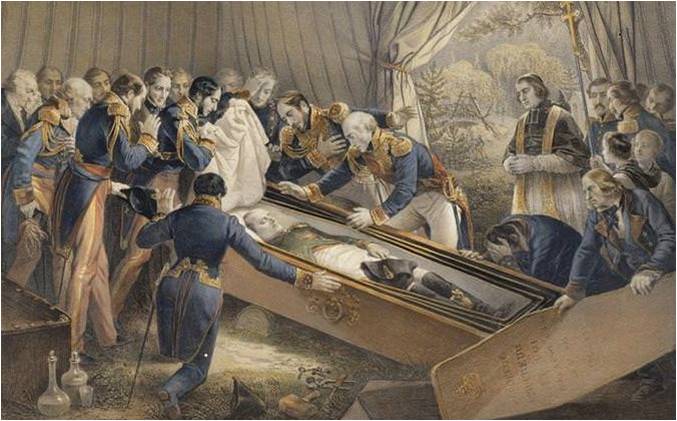
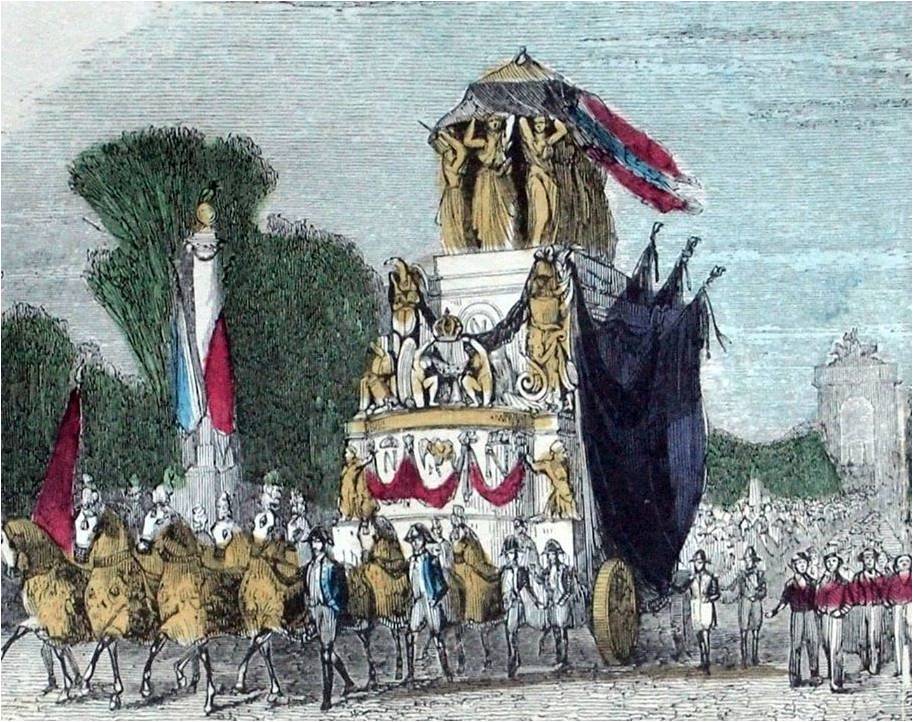

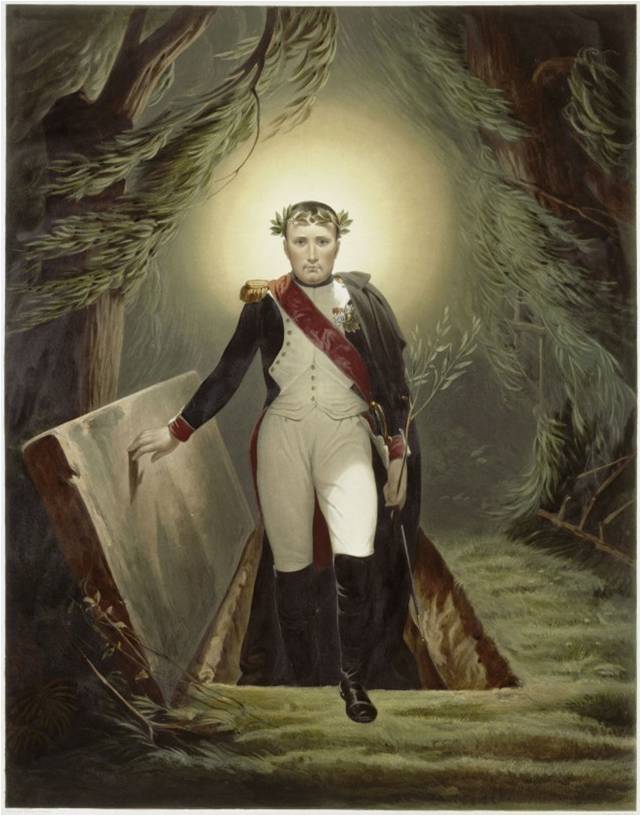
I wanted to know more about Les Invalides, however, and so I asked Mum to tell me more about it.

She said that its proper name was L’Hotel des Invalides, which roughly translates as “the veterans’ hospital”, and that King Louis XIV (who was also known as the Sun King) had ordered it to be built in 1670 as a place where sick and injured French soldiers could be looked after.

Work started in the following year and in 1674 it was opened to soldiers who had served at least 20 years in the French army. It took until 1706 for the building to be completed, however, and this included the dome, which stands 351 ft/107 m tall and is covered in 28 lbs/12.6 k of gold leaf.
At its busiest it housed more than 4000 people and over the years has served as a barracks, a parade ground, a convent and a factory, as well as a hospital and retirement home for old soldiers, which was its main purpose originally.

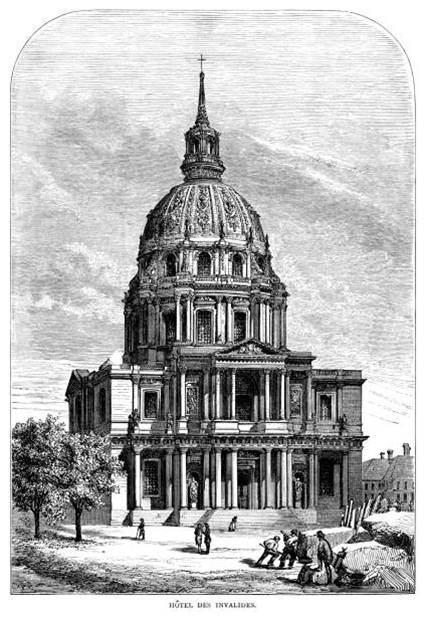

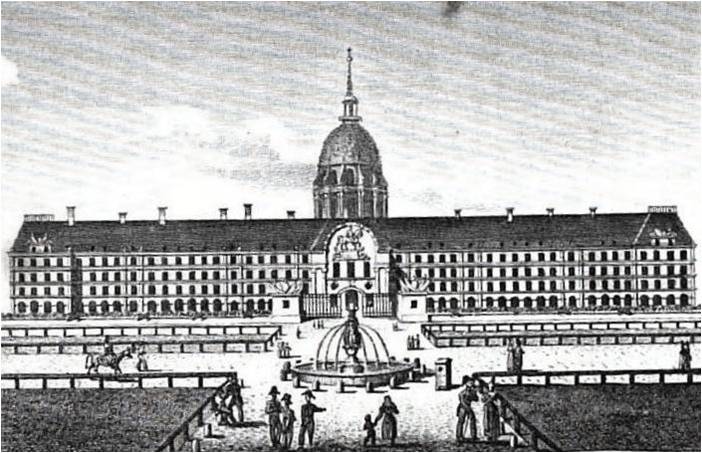
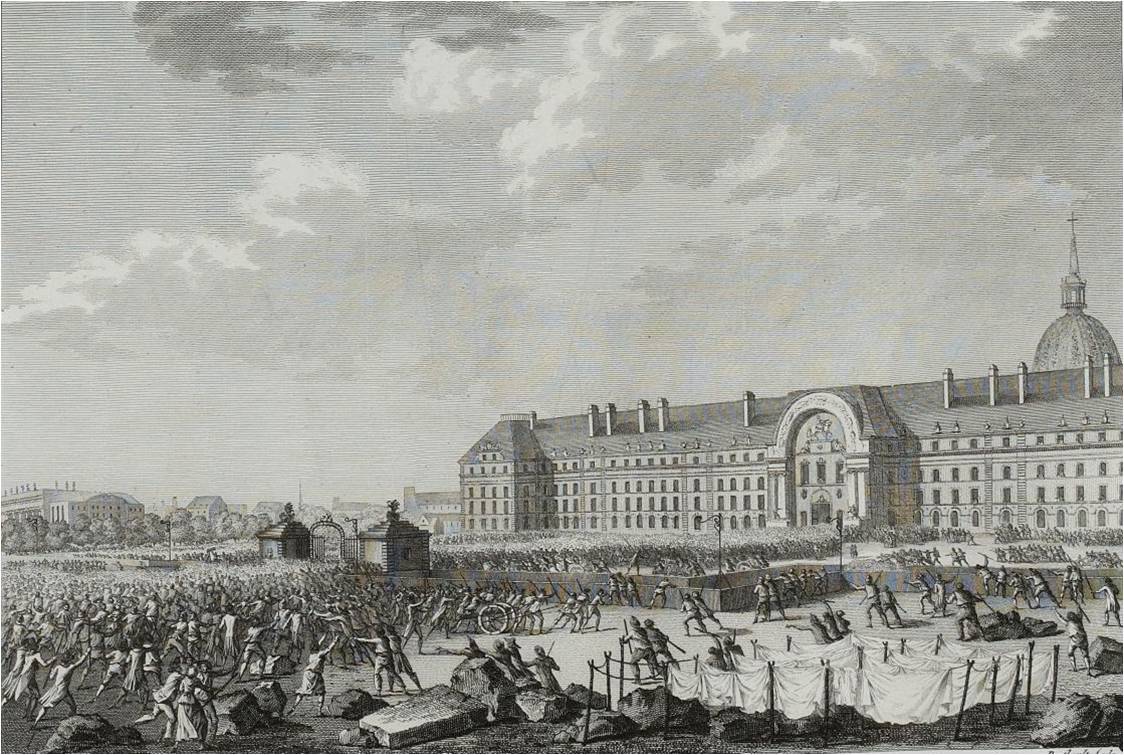
It was also intended to be a museum of the French army and its successes and it still serves this purpose today, housing several military-related museums, including the Musee de l’Armee and the Musee d’Histoire Contemporaine – and it still serves as a hospital and retirement home for former soldiers.
Mum says that this tour of Paris by night made her think of her grandma in Wales, whose favourite perfume came in a pretty blue bottle and was called Evening in Paris…

Another thing that I remember was a day-time cruise on the river Seine which flows right through the heart of Paris, giving a different view of many of the things we’d already seen from the coach or by walking round.
And as our boat took us under quite a few bridges, Mum said that this also reminded her of her grandma in Wales, as one of the songs she often sang when Mum was little was “Under the Bridges of Paris”, recorded in 1953 by Eartha Kitt and in 1954 by Dean Martin…

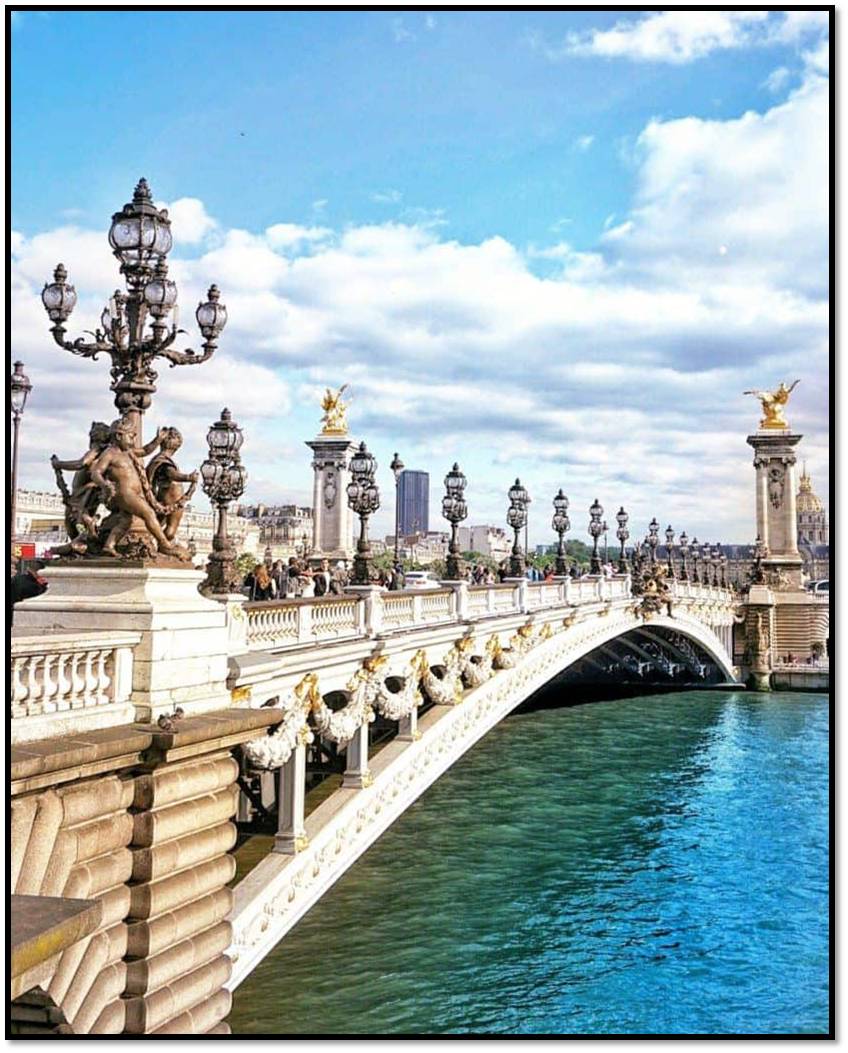


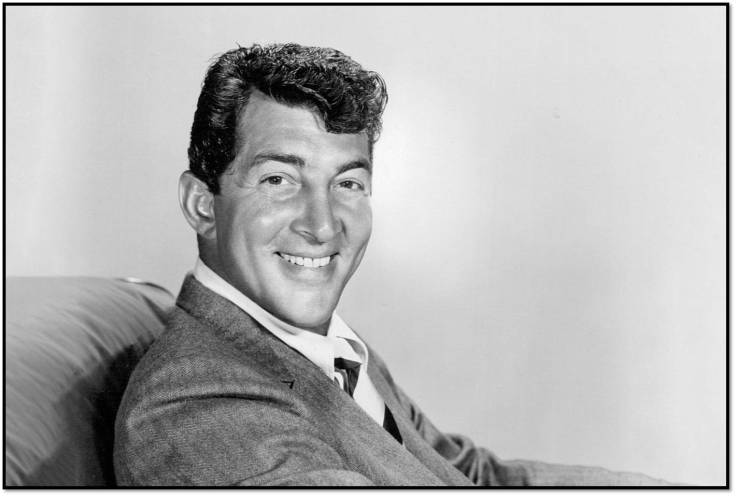
That’ll have to be all for today as it’s nearly tea time and Mum wants me to wash the raspberries for pudding, while she puts the salad together. But in my next post I’ll tell you about going to the top of the Eiffel Tower and also about visiting the palace at Versailles.
Until then, take care, stay safe – and look out for some more tales from me soon!
Follow my next blog: 276. MY MUM THE STORY-TELLER – PART ONE HUNDRED AND FIFTY
31/08/2023
